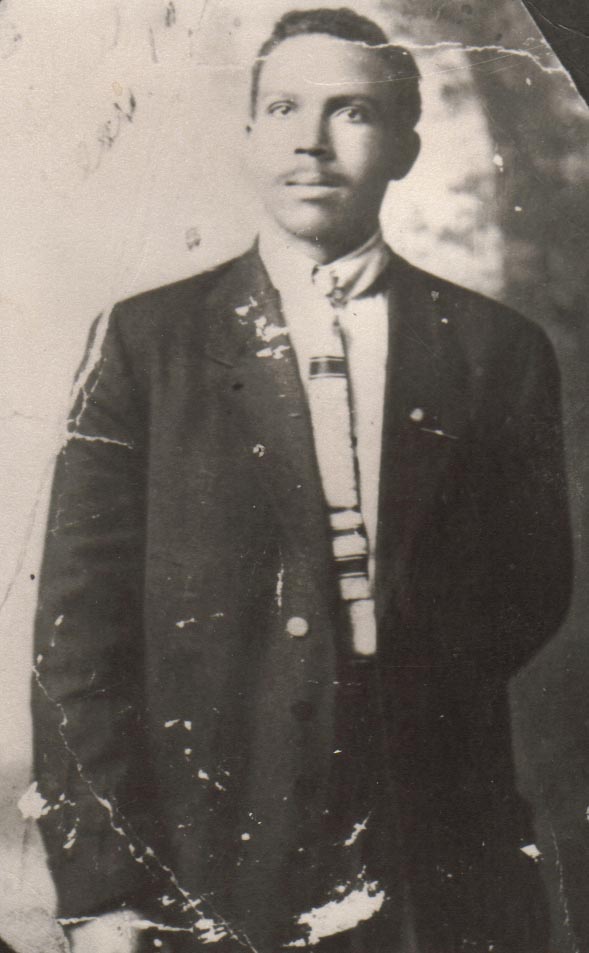|

Fred
Gorée
(people of colour)
|
The group of indigenous
people that remained in the shadow is the middle group,
les gens de colour
today to simply Creoles.
The Majority came after 1716 (2,083 slaves from 1719-1723) on
trading ships directly from West Africa, most through the Senegal
concession held by the Company of the Indies until 1730.
There was a scarcity of women, African or
French, and single men of both races spent long periods of time
with Indian tribes where they were fed
and clothed. There they also found Indian women whom they frequently
brought back to New Orleans to keep
house for them and bear their children.
From the very
beginning of New Orleans there were some free blacks who came
either from the Caribbean or via France. A few are believed
to have come as servants with the French families who settled
in the city in the late 1720's; others found their way along
the trade routes from the West Indian record of a free man of
color, Laroze, appears in New Orleans in a case of the colonial
court.
It was during this thirty-year span of rapid development
in the city that a significant number of free blacks appeared
and the term les gens de couleur libre of free people of color
was first used. the term free black was also known, but it generally
referred to a person of African descent recently freed, whereas
free people of color meant those persons who were born into
freedom, either as the second generation of free blacks of Louisiana
of having entered the colony from the Caribbean as already free
people.
It
was during this thirty-year span of rapid development in the
city that a significant number of free blacks appeared and the
term les gens de couleur libre of free people of color was first
used. the term free black was also known, but it generally referred
to a person of African descent recently freed, whereas free
people of color meant those persons who were born into freedom,
either as the second generation of free blacks of Louisiana
of having entered the colony from the Caribbean as already free
people.
The earliest record in Louisiana of a manumission
procedure, or legal freeing of a slave by a master, was in 1733
when Bienville, the city's founder, freed his slaves Jorge and
Marie who had served him for twenty-six years. This means they
must have been in Bienville's household since 1707 when he lived
in Mobile, well before the founding of New Orleans.
There is no evidence of the radical
exclusiveness and contempt that characterizes more recent times...
no evidence that white settlers and French officials considered
the Africans and their descendants uncivilized people.The Spanish
period gave slaves and free people of color more security and
rights than under any other regime. Many Spaniards with thick
black hairs and ruddy complexions looked like brothers of Creole
blacks.
The average free family of color, often
headed by a single woman, had four to five members, and most
free people of lived alone
with theirchildren, where as slave families were extensions
of white households in which they served.
|
|

